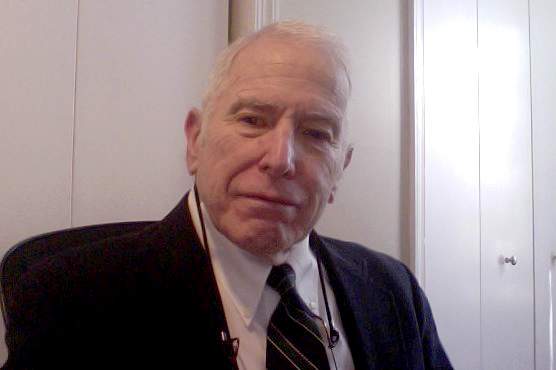The Centers for Disease Control and Prevention’s new data on suicide have resulted in much interest and concern. Both are warranted, but panic is not.
The CDC’s National Center for Health Statistics reported a 63% increase in U.S. deaths by suicide for females and 43% for males, equating to a national rate of 13.5/100,000 (the highest rate since 1986, representing a 2% increase per year, compared with 1% per year before that). In actual numbers, rather than percentages, there were 29,199 suicidal deaths in 1994, compared with 42,773 such deaths in 2014.
The numbers reported for some subgroups were of particular concern. For example, girls aged 10-14 had a triple increase (50 deaths in 1999, compared with 150 in 2014). Native Americans had the sharpest increase (89% for females and 38% for males), and the only demographic group that had a decreased rate was black males older than age 65.
Another suicide concern relates to methodology. Twenty-five percent of completed suicides were by hanging or strangulation in 2014, compared with 20% in 1999. This trend is worrisome, because hanging/strangulation is such a readily available method. Interestingly, female suicide by guns fell from 37% to 31%, and male suicidal deaths from guns, from 62% to 55%.
Finally, a New York Times article about the CDC data addressed some theories of what could be responsible for these increases. The authors noted that marriage rates had decreased and divorce rates had increased over the period in question. Unmarried adult men are 3.5 times more likely to die by suicide than married ones, and unmarried adult women are 2.8 times more likely to do so than their married counterparts. Divorce rates have doubled for middle-aged and older adults since the 1990s as well.
History informs us that major cataclysms such as World War I and World War II resulted in markedly decreased U.S. suicide rates, and that major financial depressions such as the crash of 1929-1934 were associated with enormously increased rates. Such data indicate that our current increases in suicide may be at least partly explained by vulnerable individuals’ concerns about the state of the world, coupled with the enormous difficulties associated with rectifying these concerns. There seems to be a sense of constant threat from within and without, from perceived hostile countries to global warming, and our relative helplessness adds to the burdens perceived by all – but especially by the more vulnerable among us.
The new reported suicide data certainly are worrisome but, hopefully, will lead us to consider what can be done to ameliorate the situation. One certain way to diminish the problem is through means restriction. It is my belief that all gun possession (rifles, handguns, etc.) should be forbidden except among the military and the police. A civilized society should be civil. It doesn’t take a Nostradamus, however, to predict that such restrictions are unlikely to take place in the United States now or, perhaps, ever. Certainly, a less controversial, but more costly, approach would be through markedly improved identification and treatment programs for those at risk.
We need many more properly trained social workers, psychologists, and psychiatrists staffing our emergency departments. In typical busy hospitals, the ED staff is overloaded and overwhelmed, and apt to dismiss the concerns of suicidal patients because they don’t consider their psychic pain as “legitimate,” and as a result, keep staff from their “real and needy” patients. Thus, imminently suicidal patients may be seen in a cursory manner, receiving what amounts to a revolving door approach.
Compounding this is the substantial shortage of mental health personnel capable of treating suicidal patients if and when they finally do get referred for outpatient mental health care. Waits at such centers are considerable, and there is a shortage of properly trained individuals to prescribe and closely monitor the required pharmacologic and psychological treatments.
In addition, there is an egregious lack of properly trained individuals to provide and closely monitor the psychotherapy and pharmacotherapy required; thus, the patient receives substandard and ineffective treatment, if any. How can we possibly fund adequate systems?
Many other developed countries have built and can afford health care systems that appear more advanced and humane than ours. We need to speak out and demand more for our patients and ourselves.
Dr. Sudak was chairman of the department of psychiatry at Pennsylvania Hospital, Philadelphia, and clinical professor of psychiatry at the University of Pennsylvania from 1992 until 2002, when he retired. He continued to have a small private practice and was active in the American Foundation for Suicide Prevention until 2012. Currently, he continues to serve as an expert witness in suicide malpractice litigation. He is married to Dr. Donna Sudak and is grateful for her advice on this manuscript.




